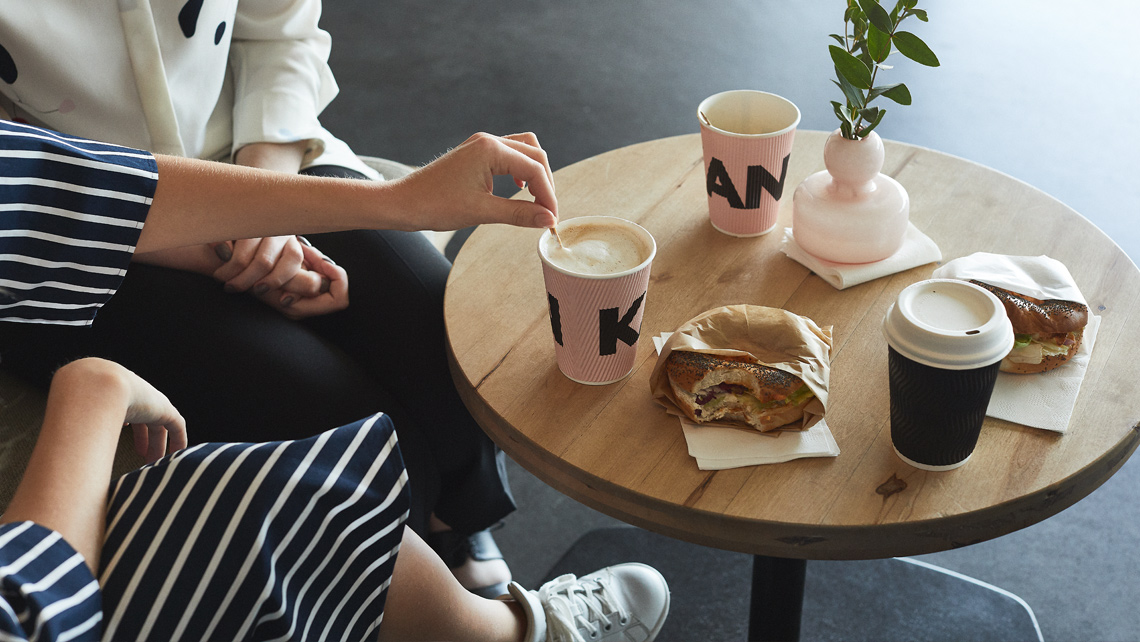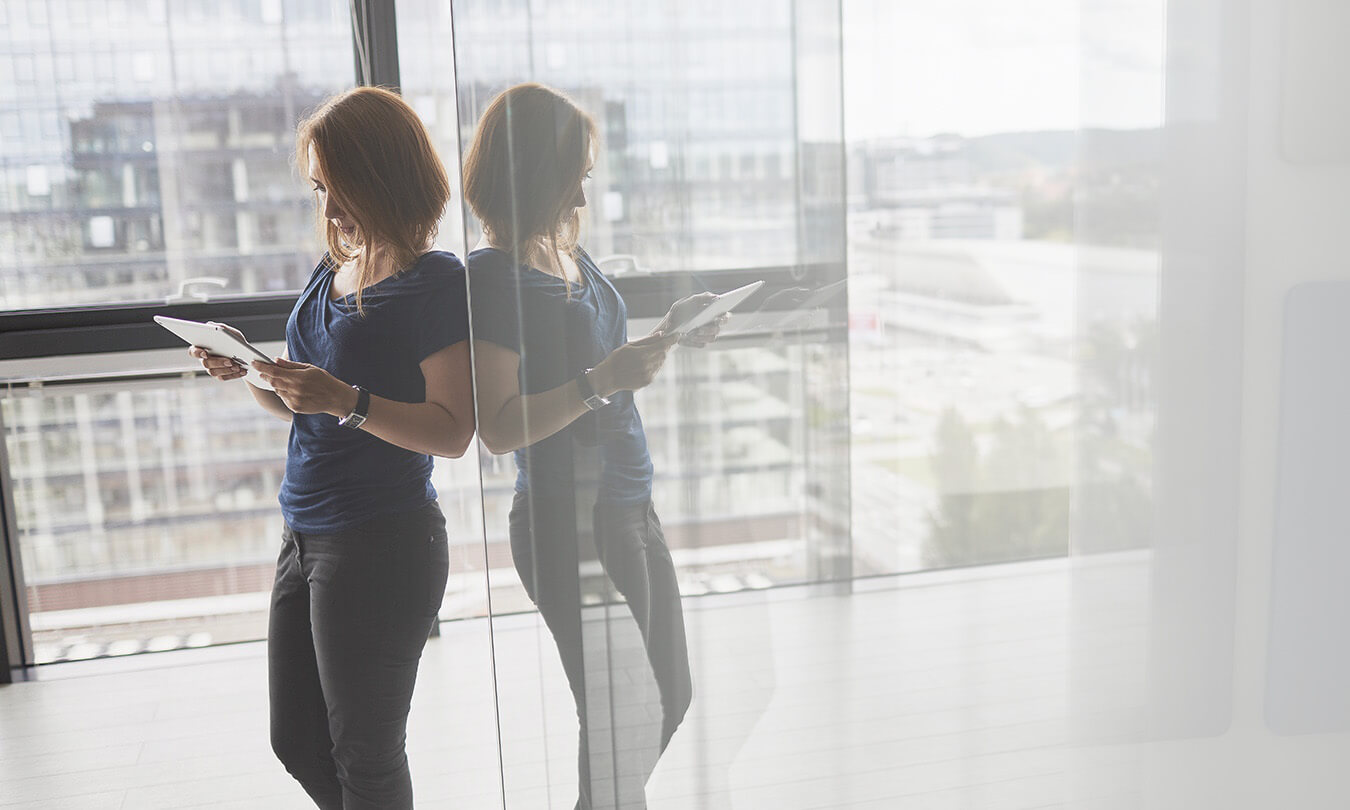Some enjoy their hot javas at home but the demand for takeaway hot drinks has increased rapidly over the past decade, and as a result 16 billion paper cups are used for coffee every single year.
From plain board to powerful brand ambassador
Chemistry is present throughout the lifecycle of a paper cup – from board manufacturing to converting and eventually to recycling.
In the board manufacturing stage chemistry makes sure that the board has the desired strength, stiffness, safety, hygiene, printability and water-repellant properties for paper cup production.
When it’s time to convert the board into paper cups the critical charasteristic is formability, which enables the board to go through the high-speed machines and be carefully but quickly formed into cups. Chemistry is at work behind the scenes, making it possible to produce low-weight boards that still offer the elasticity and stiffness that converters require.
As a consumer taking your latte to go you expect your cup to be safe and hygienic, keep the hot beverage inside, and not burn your fingers. Once again, chemistry does just that.
For food-service brands, paper cups are far more than just a convenient way to serve take-away beverages – they’re also an ideal marketing platform. New and innovative printing and smart-branding techniques are transforming the paper cup into a powerful brand ambassador.
Recyclable and biodegradable
The demand for takeaway hot drinks is not going away as many of us couldn’t do without that wake-up boost on the way to work. Of course, this means that the demand for paper cups isn’t going anywhere either. Our love for takeaway coffee could dearly cost the environment without the industry and the whole value chain ensuring the recyclability and biodegradability of the cups.
At the moment more than 90 percent of a paper cup is bio-based and biodegradable. The only exception is the polyethylene coating inside the cup, and Kemira is constantly working on replacing it with a more sustainable solution. This matters, because out of all the paper cups circulating around the globe, our chemistries are present in every second cup.
Brewing a perfect cup requires the right water
When coffee tastes bitter or vinegary it is easy to blame the coffee beans or the coffeemaker. And in some cases they could be the culprits. However, 98 percent of a cup of coffee is in fact water making the quality of water a key factor in the brewing experience.
Water used for brewing should be clean and fresh by taste, smell and look. Don’t ruin a good cup of coffee by taking hot water out of the tap as it may have odd tastes and odors – use cold tap water instead.
Kemira’s expertise and chemical products are used to purify the equivalent of 320 million people’s annual water usage.

